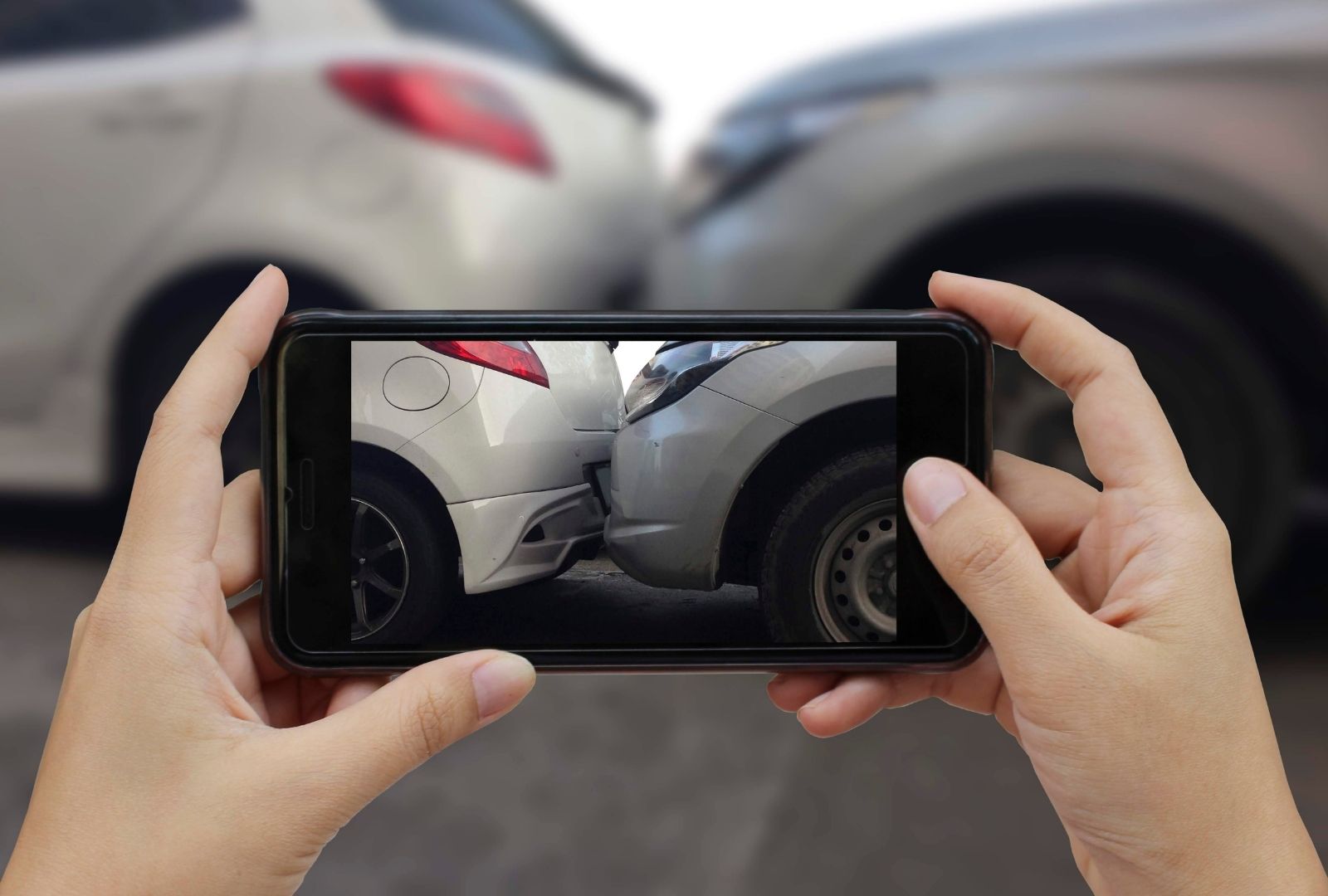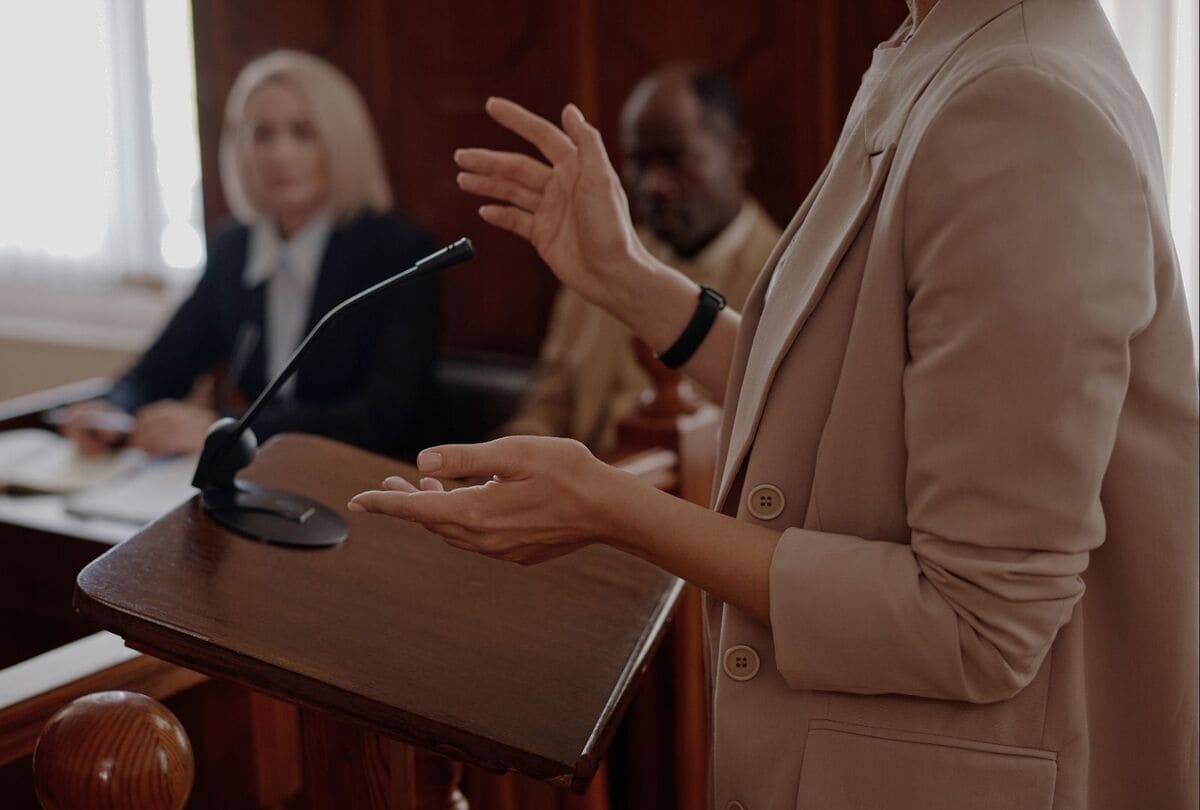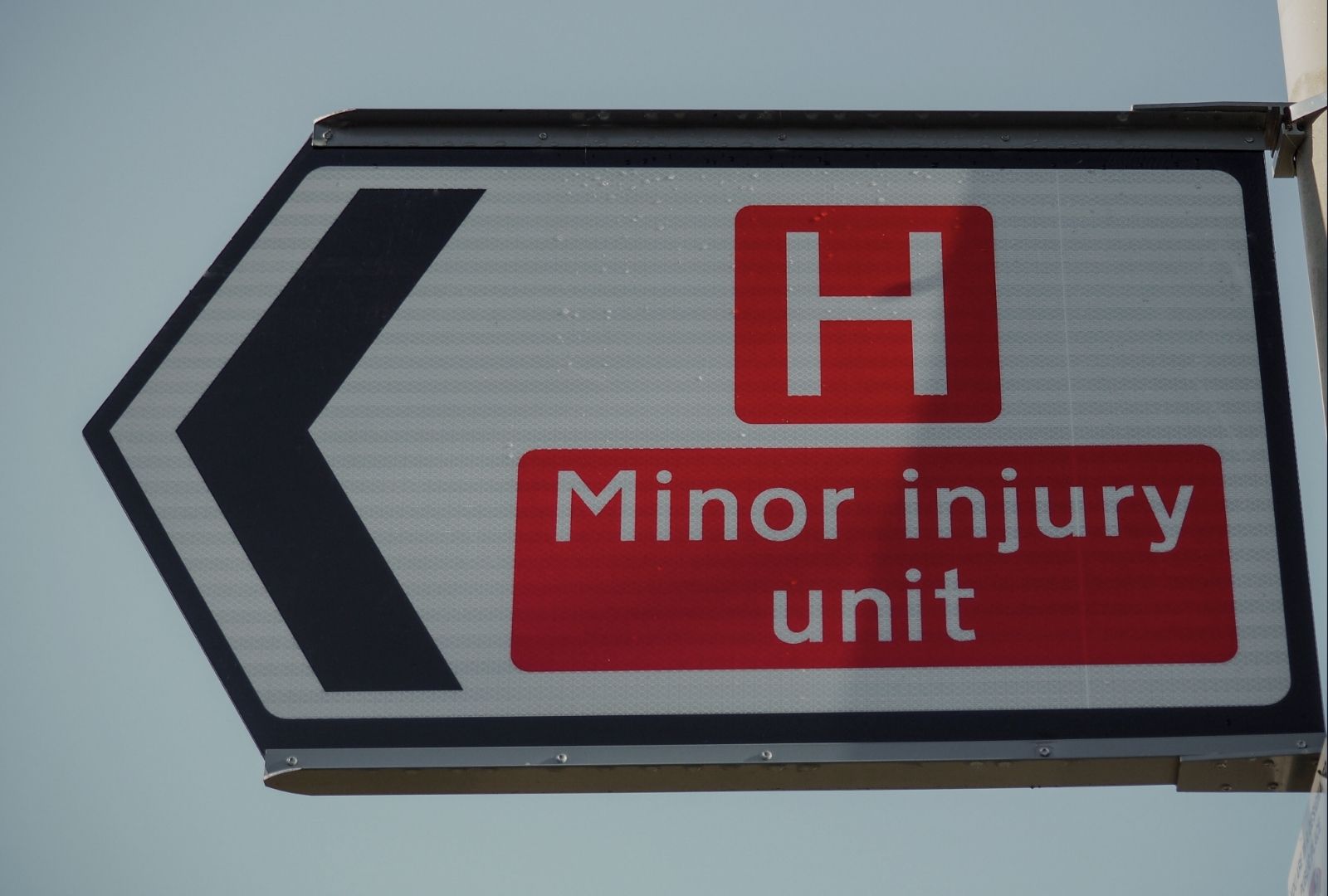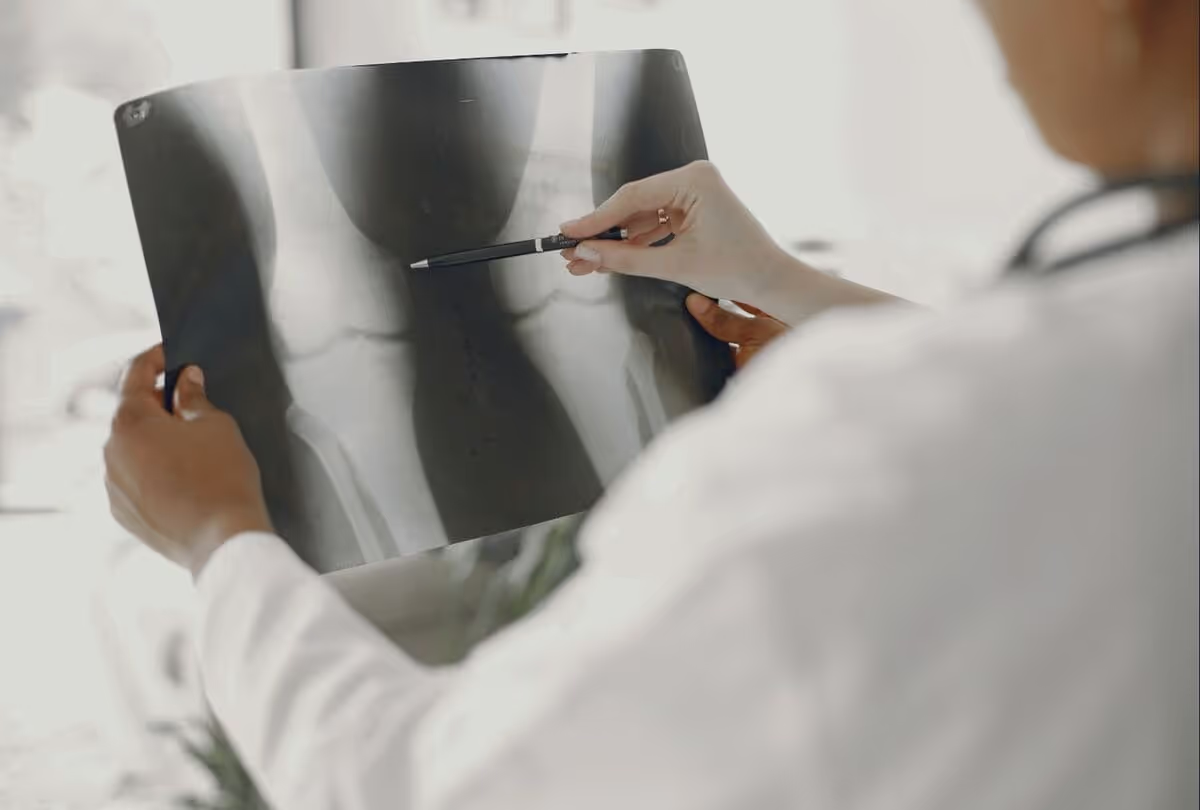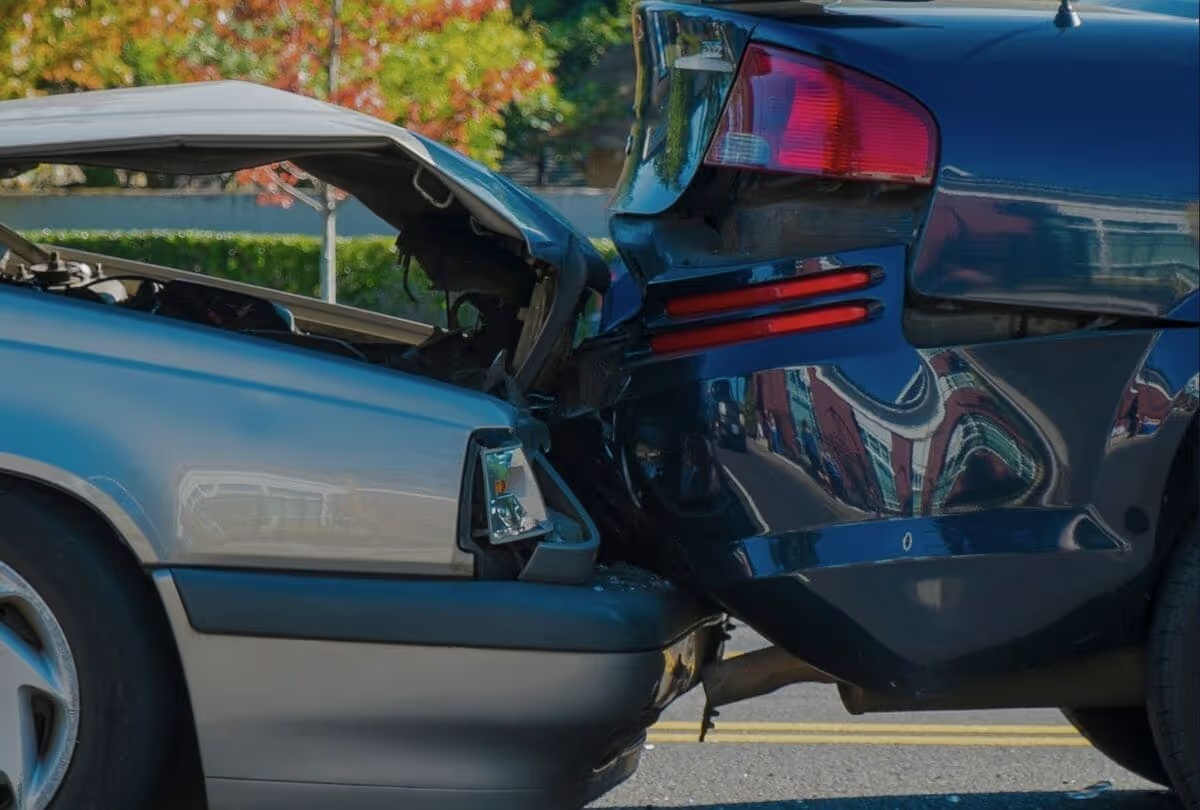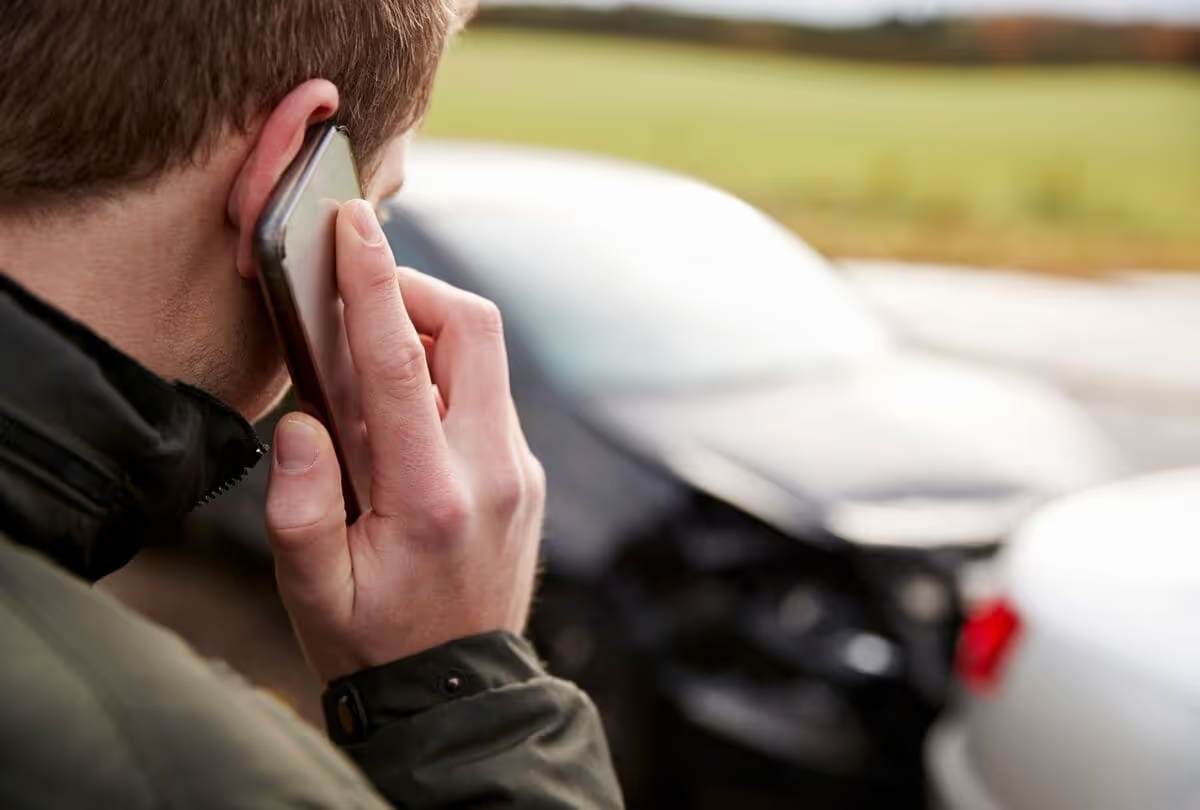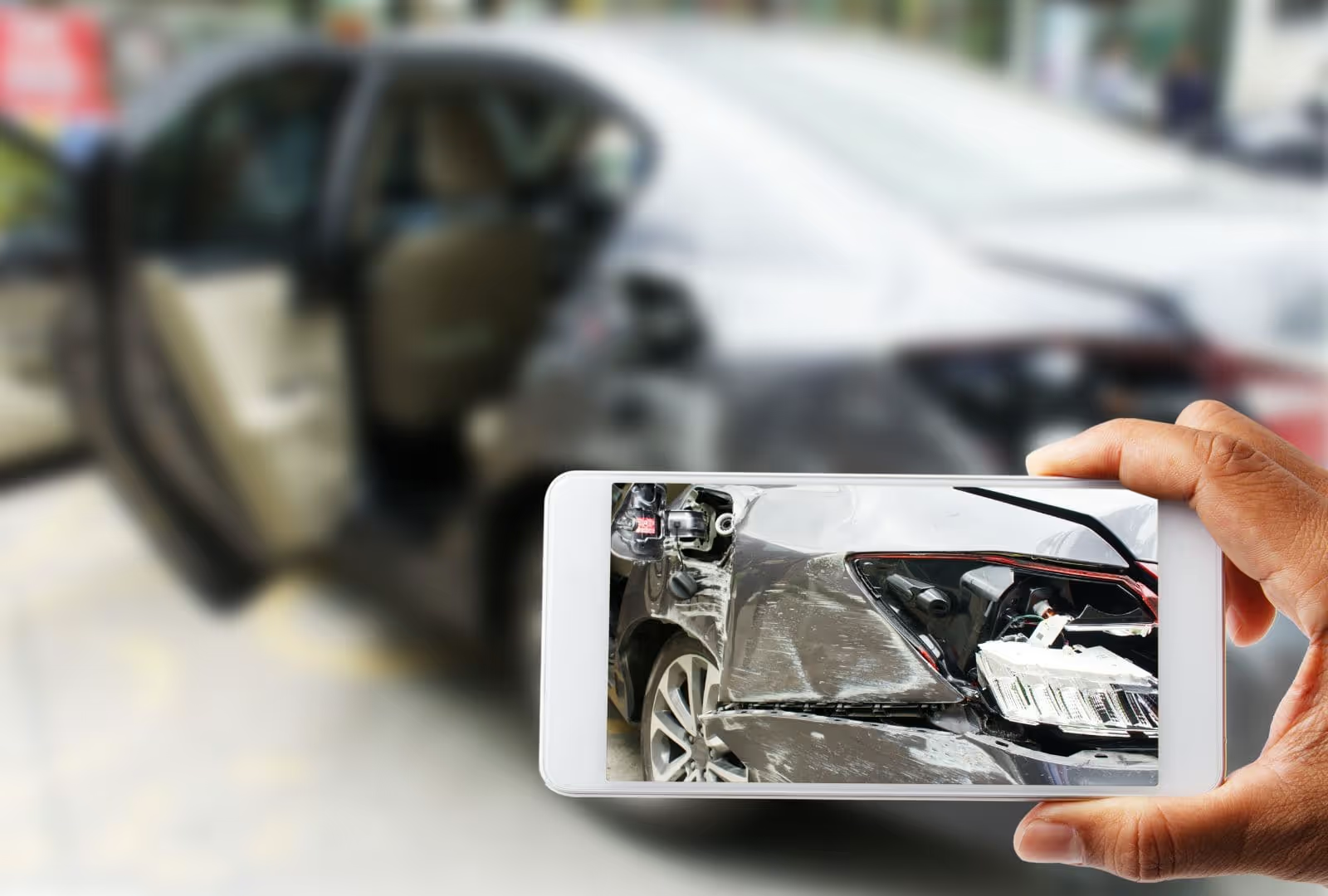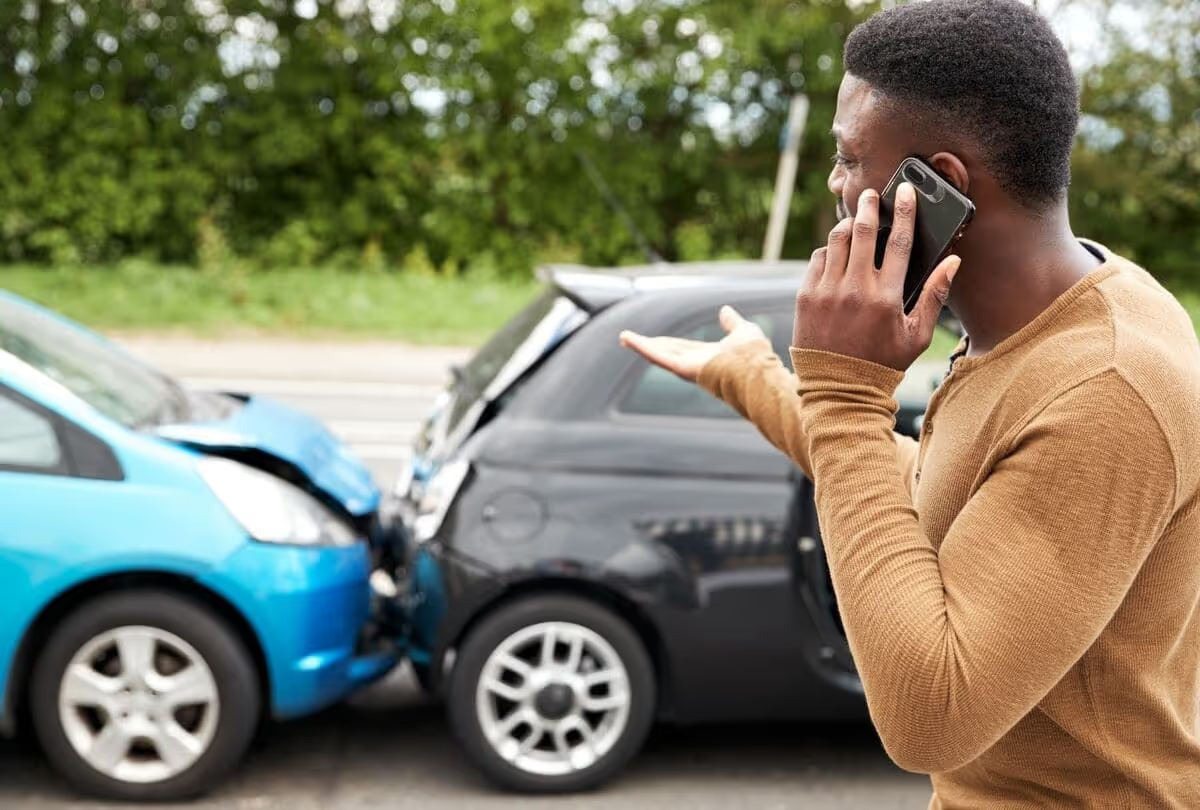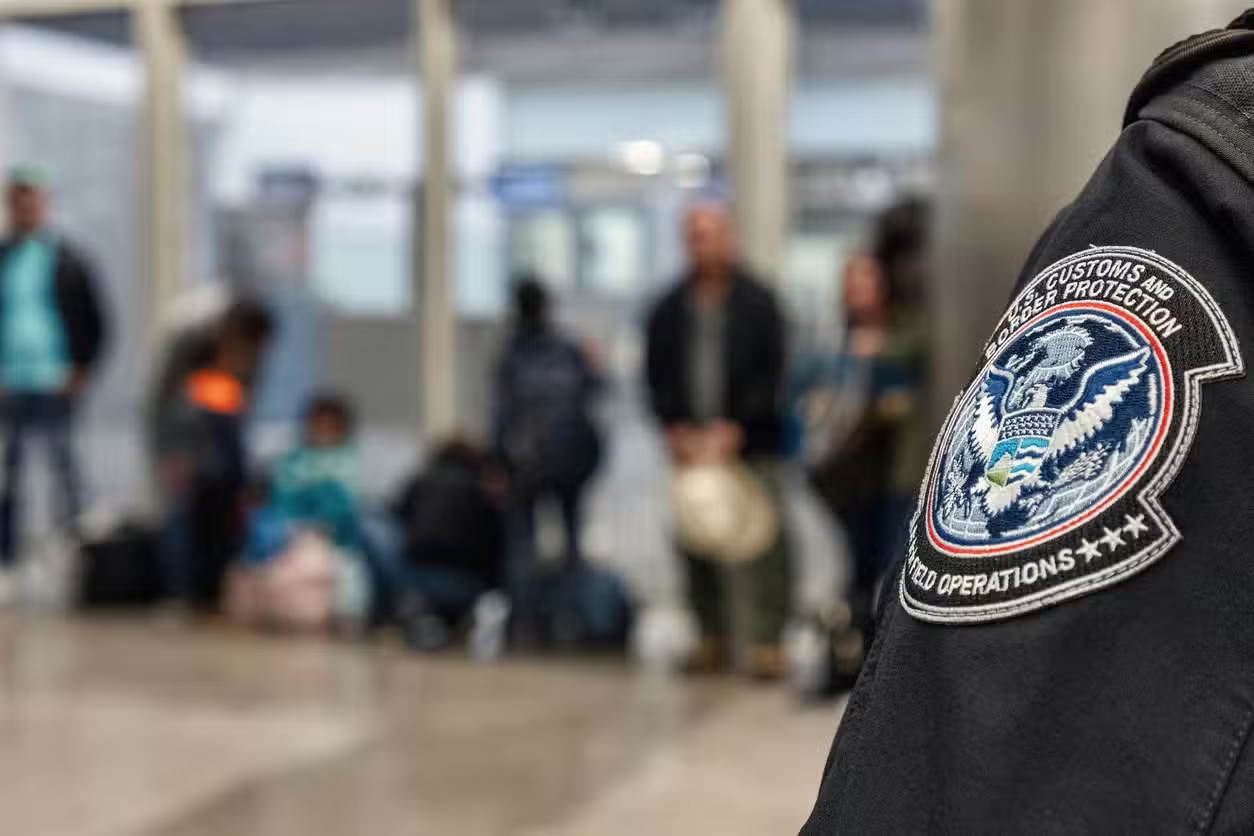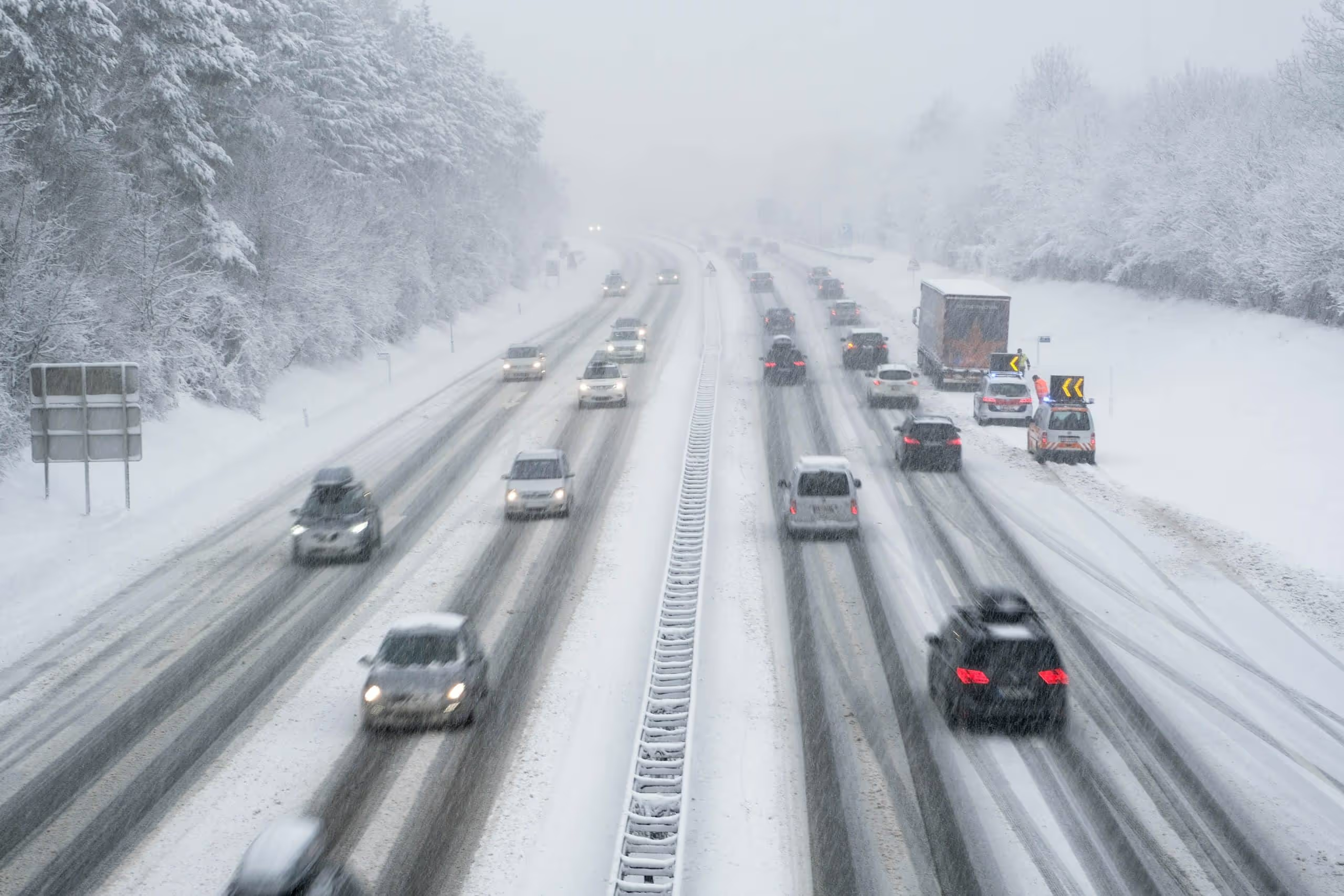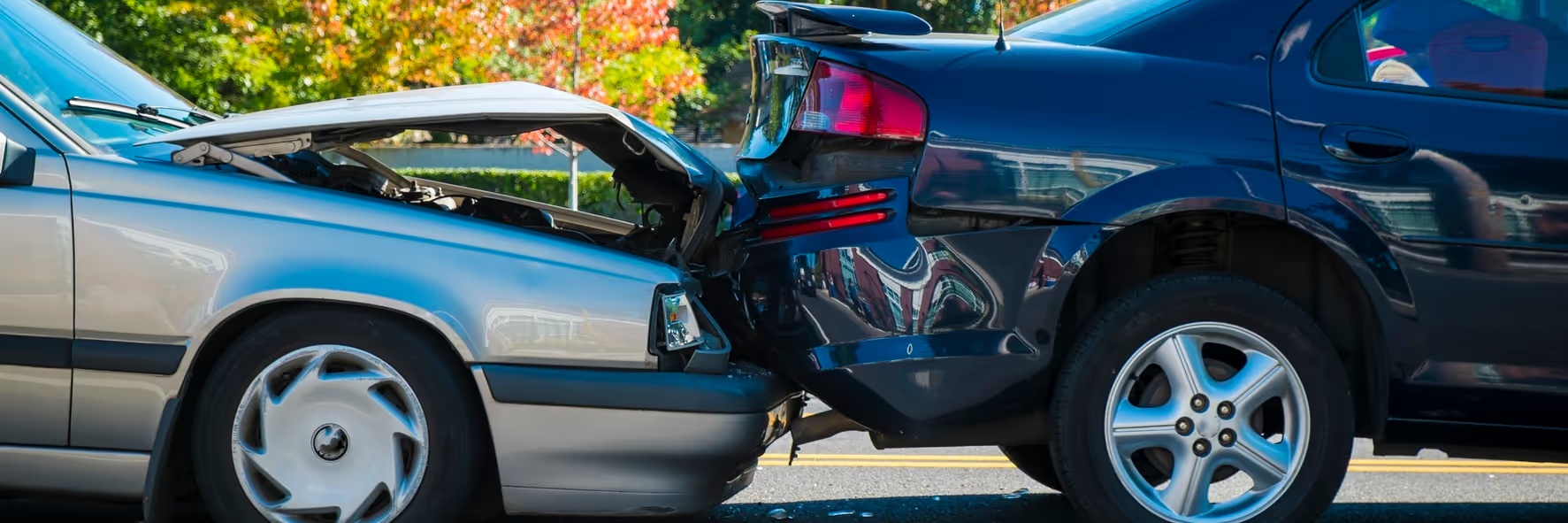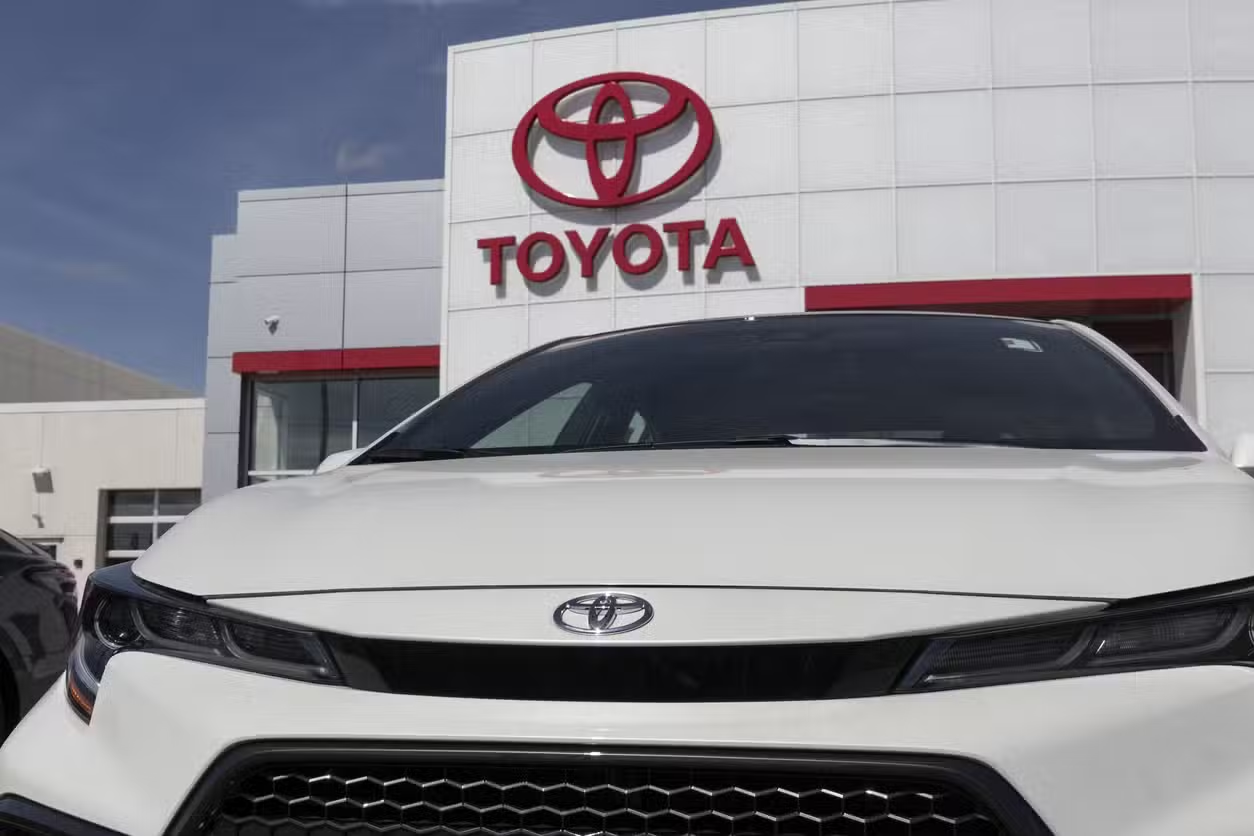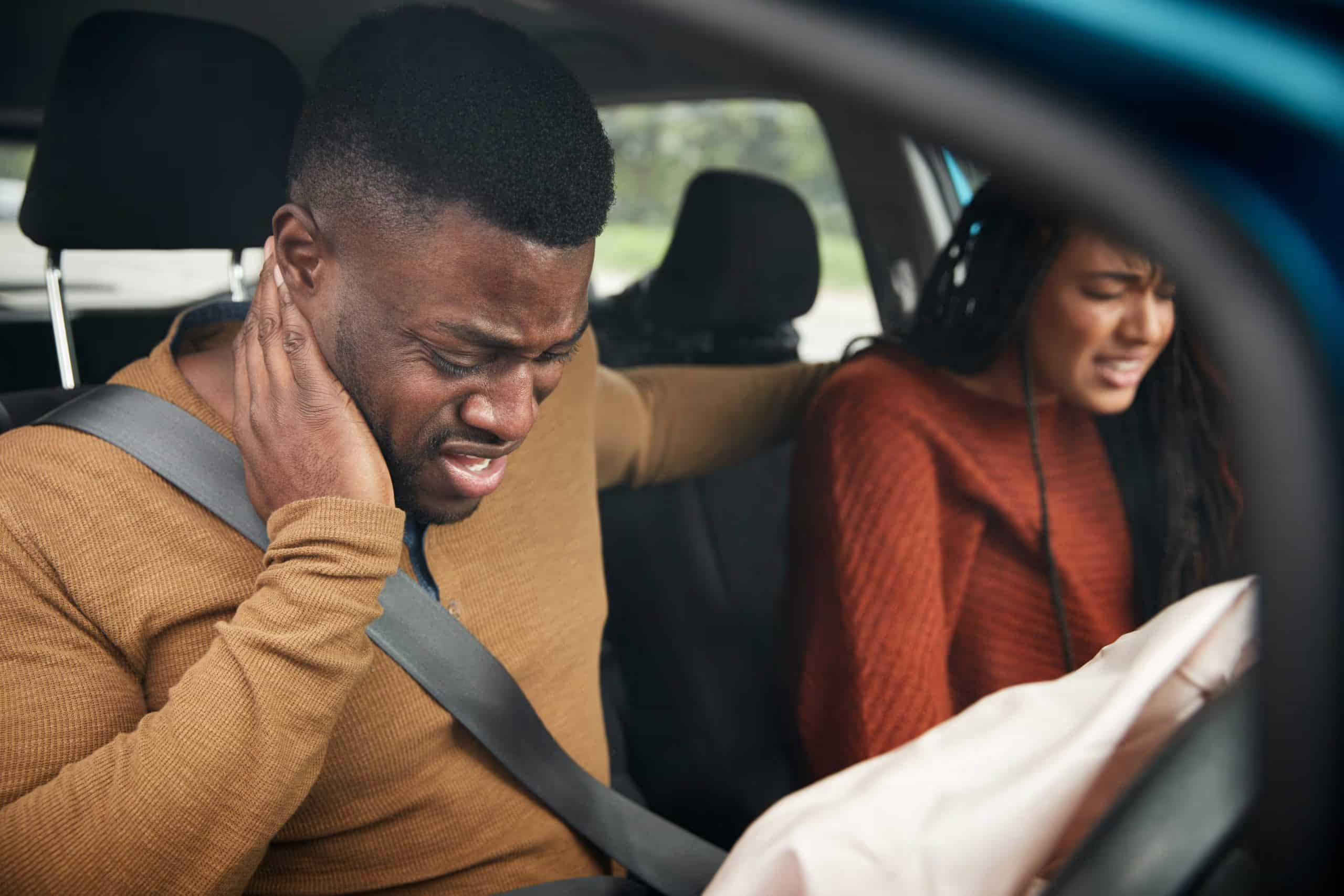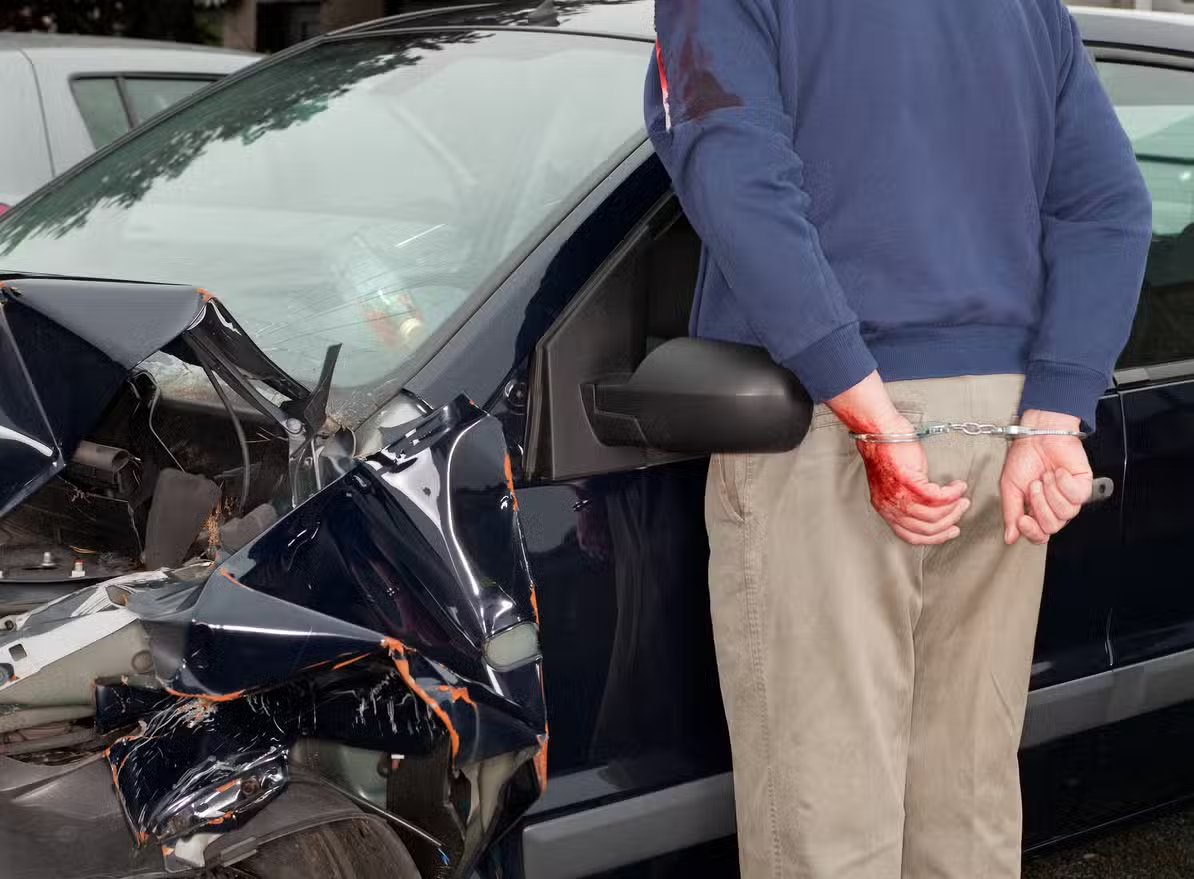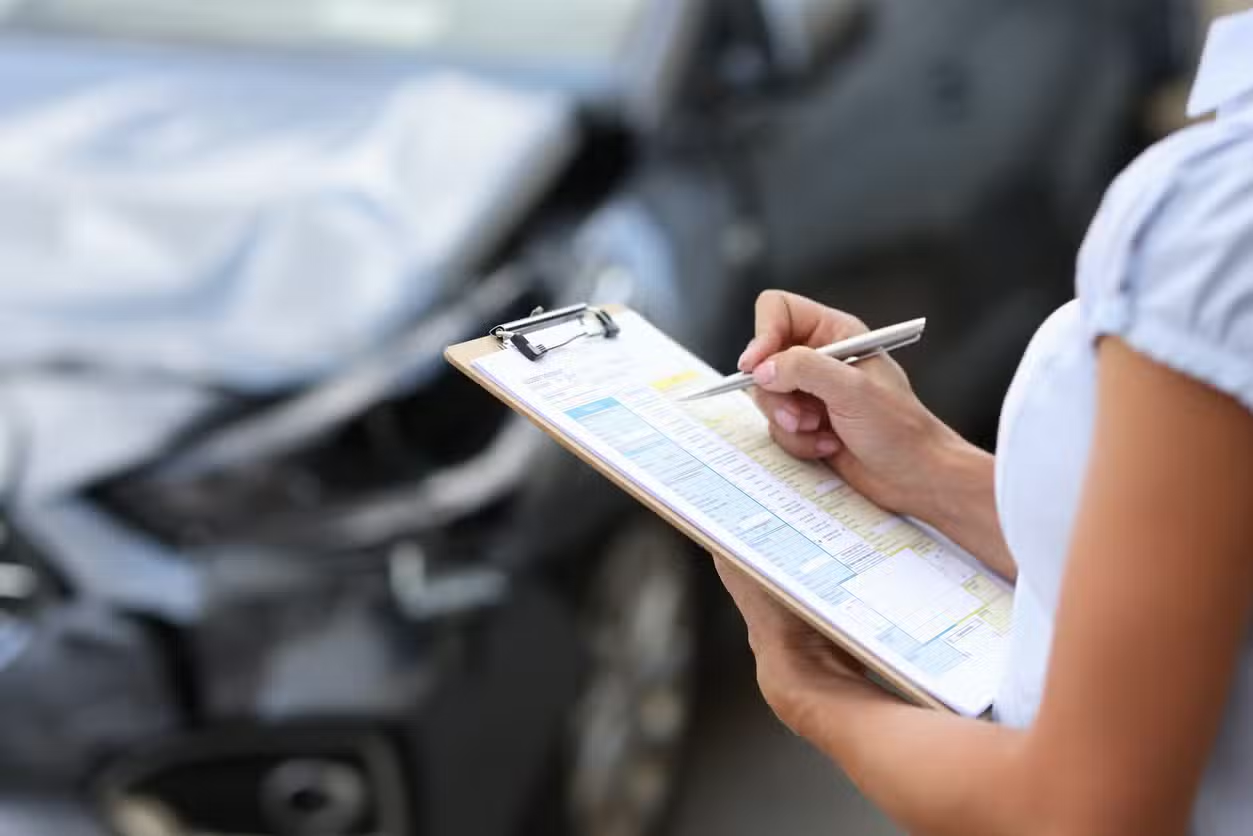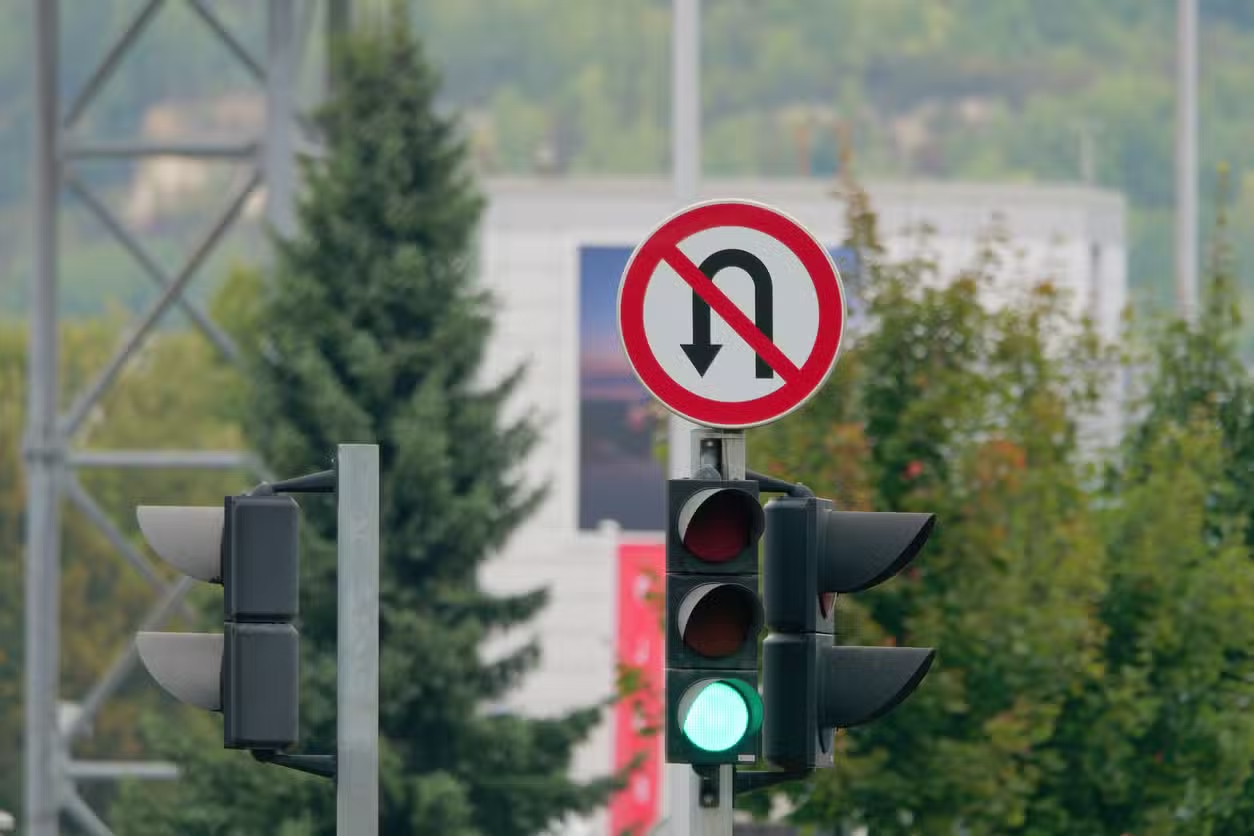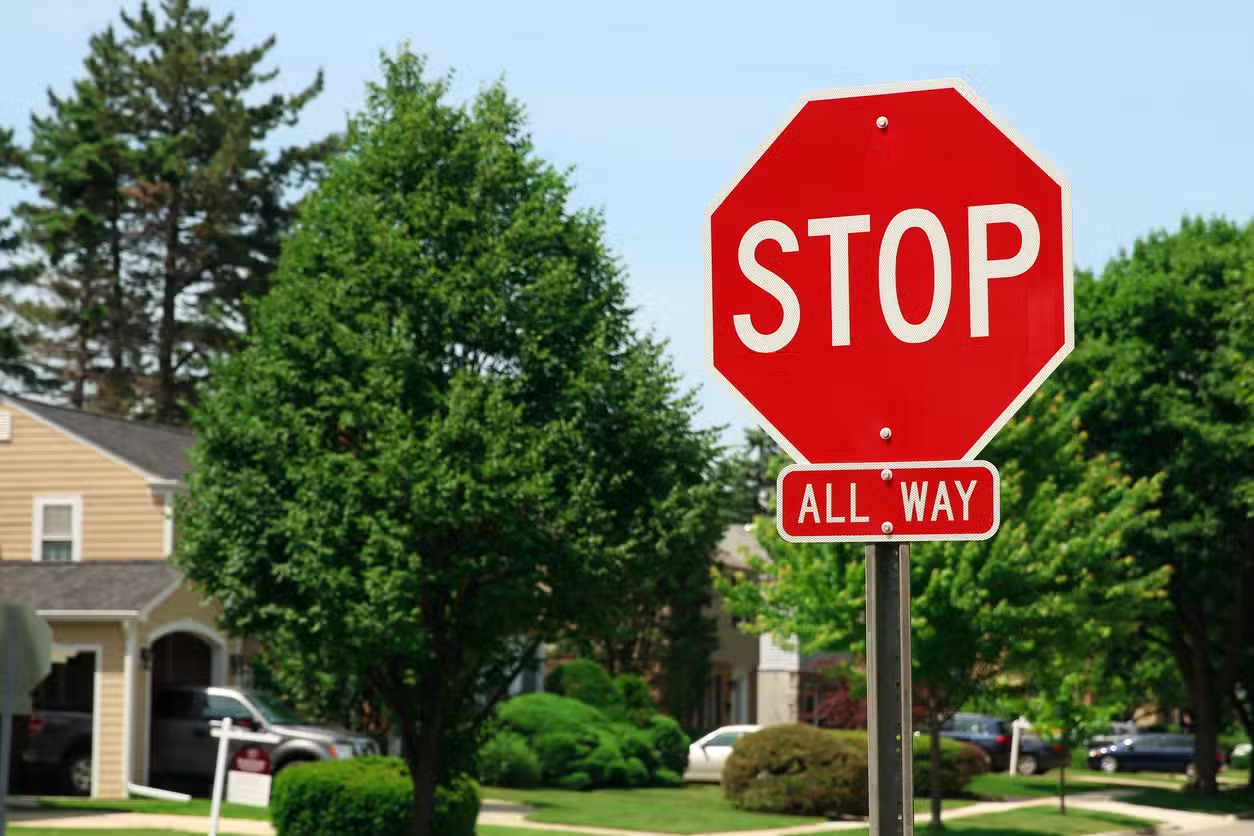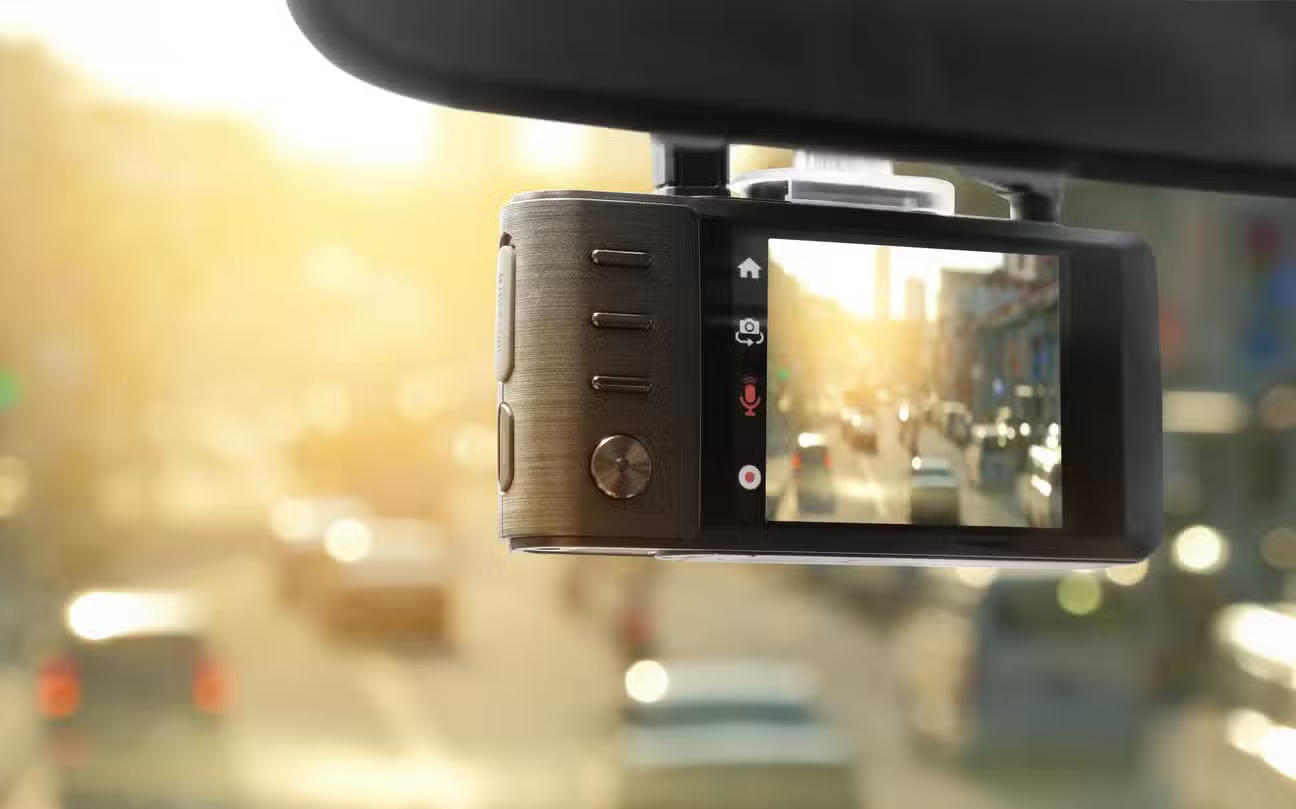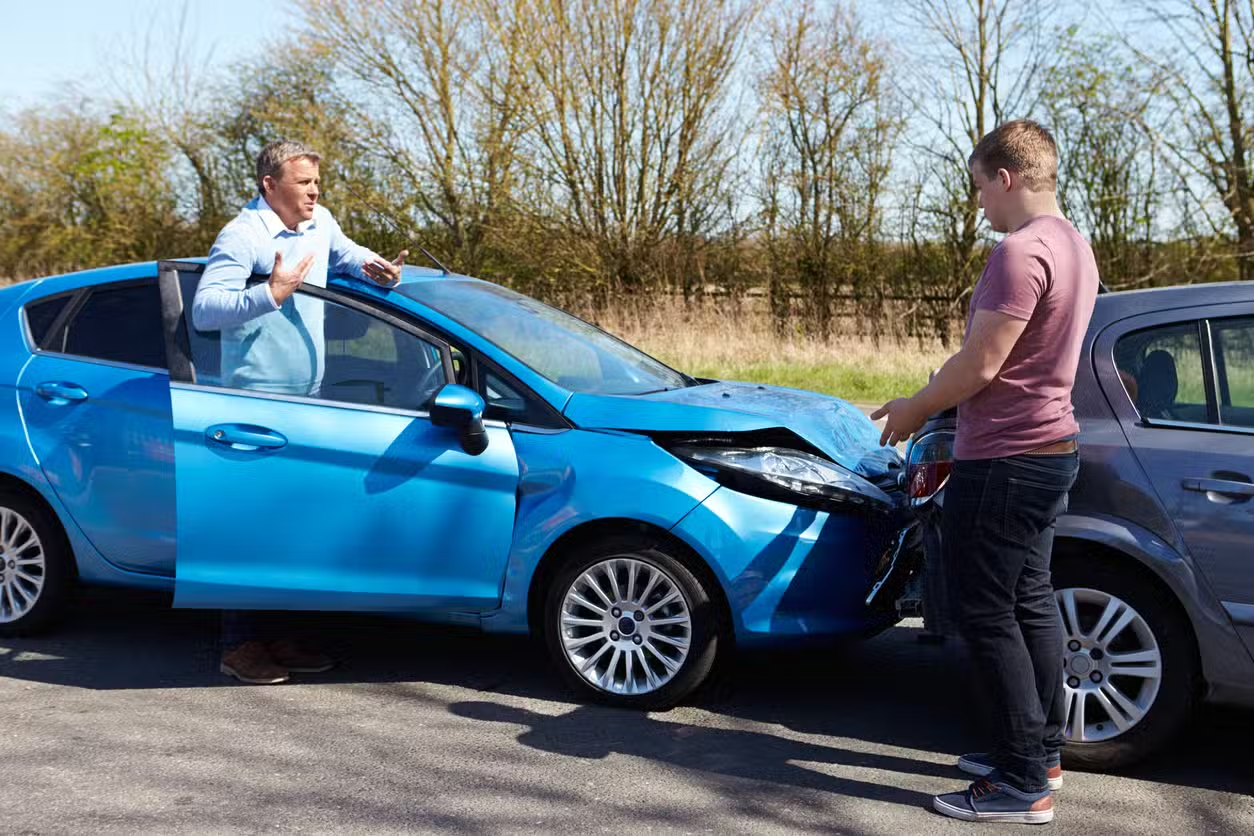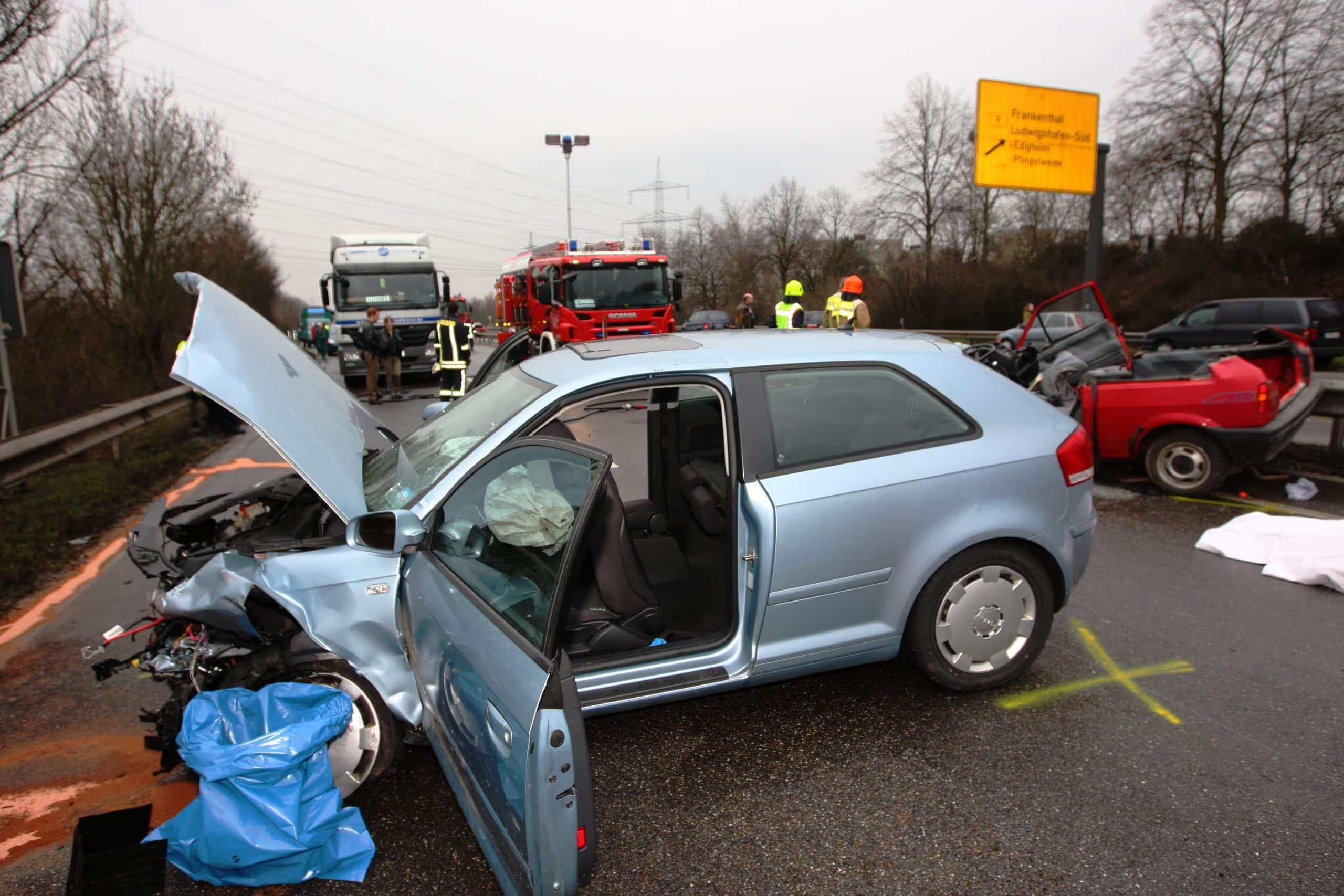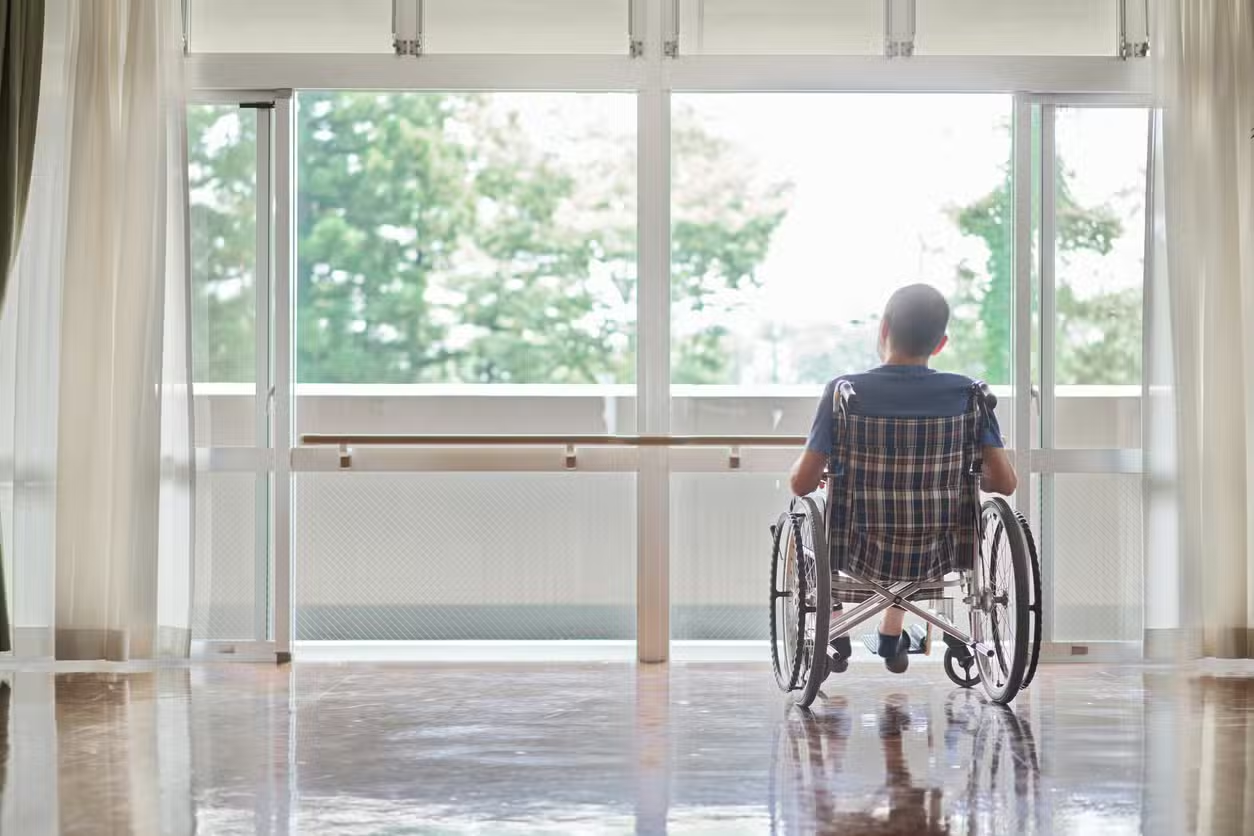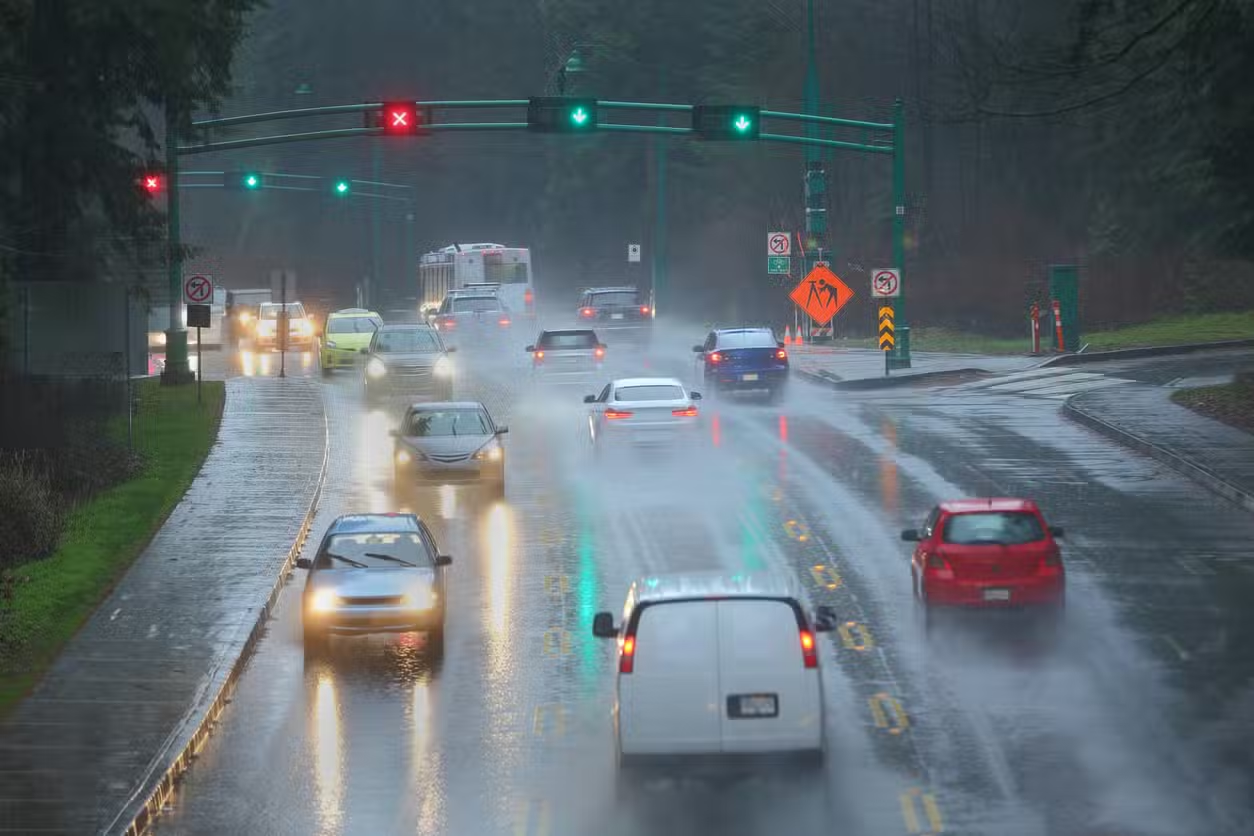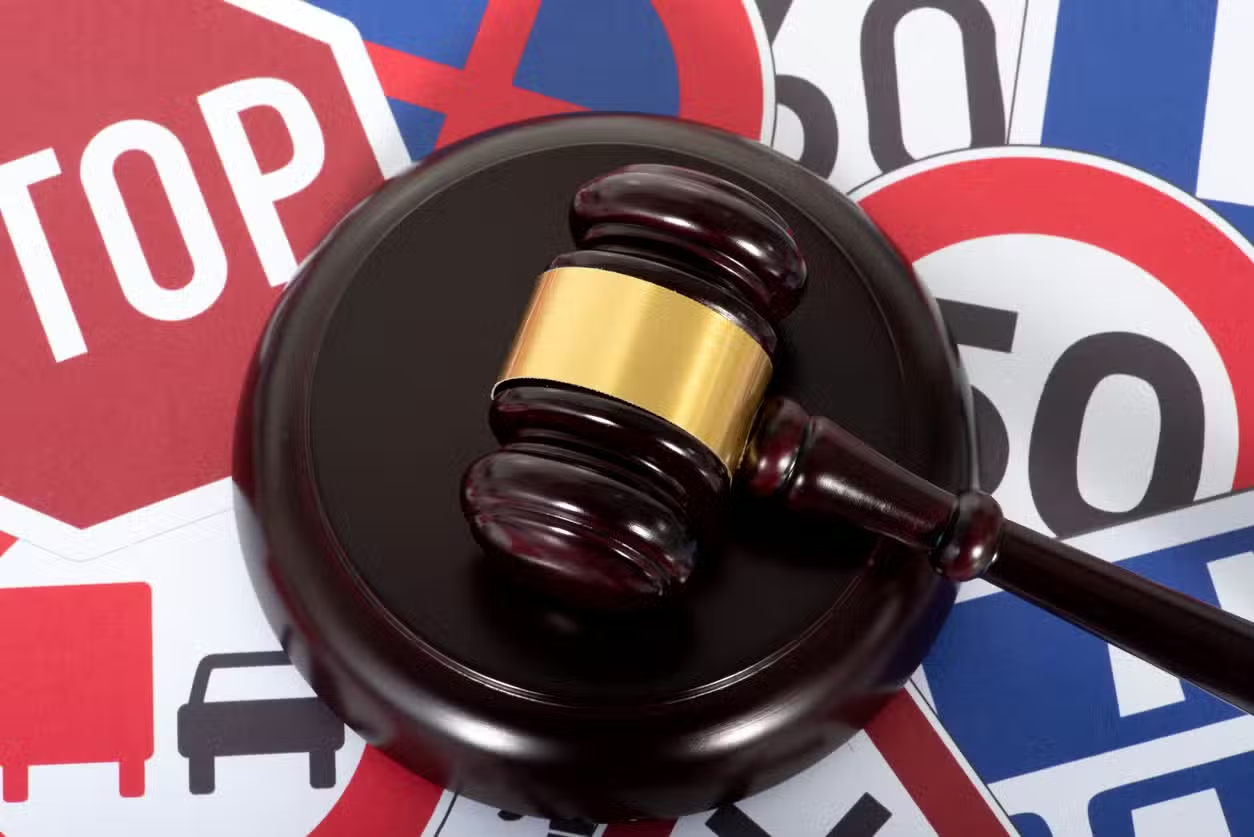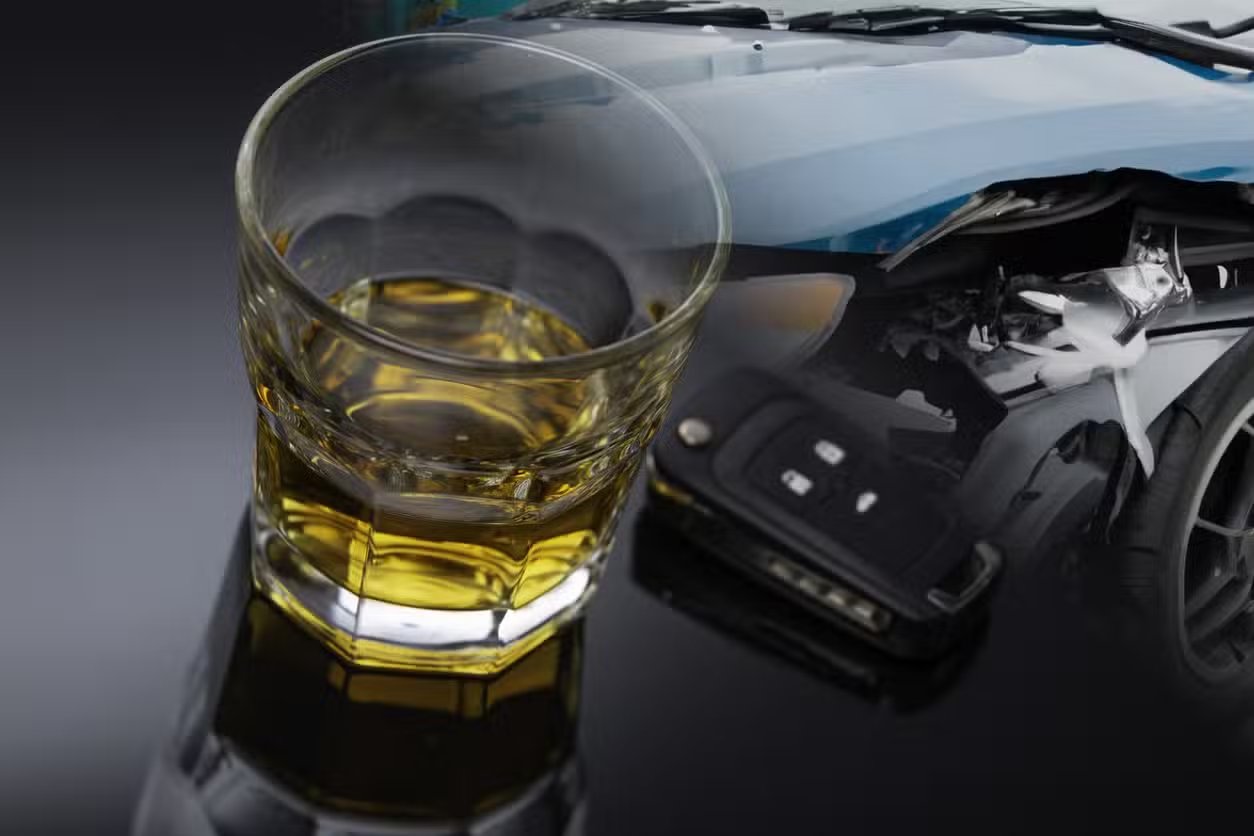Insurance company fault evaluation is the process adjusters use to decide who caused a crash and how much each driver’s insurer must pay. Getting fault right matters—you could lose thousands if an adjuster assigns you even a small percentage of blame. By knowing how insurers investigate, what evidence sways their decision, and how to challenge an unfair ruling, you protect your compensation from the start.

How Insurers Decide Fault in Five Precise Steps
- Initial Interview: An adjuster calls you—often within 24 hours—to collect a recorded statement.
- Document Review: They analyze the police report, traffic citations, and any crash-scene photos.
- Physical Evidence Analysis: Vehicle damage, skid marks, and event-data-recorder downloads reveal speed and braking.
- Witness Verification: Neutral eyewitness accounts confirm or contradict driver statements.
- Fault Percentage Assignment: Using state negligence laws, the adjuster assigns each driver a percentage of blame that must total 100 %.
Takeaway: Each step either strengthens or weakens your position. Respond quickly and supply clear evidence to limit your fault share.
Key Evidence That Reduces Your Fault Percentage
- Police report codes showing the other driver’s violations (e.g., running a red light).
- Dash-cam video documenting your lane position and legal speed.
- Event-data-recorder (black-box) logs proving timely braking.
- Time-stamped medical records linking injuries directly to crash forces—countering “pre-existing condition” claims.
Gather these within 48 hours. The earlier you deliver proof, the less room adjusters have to reinterpret facts.
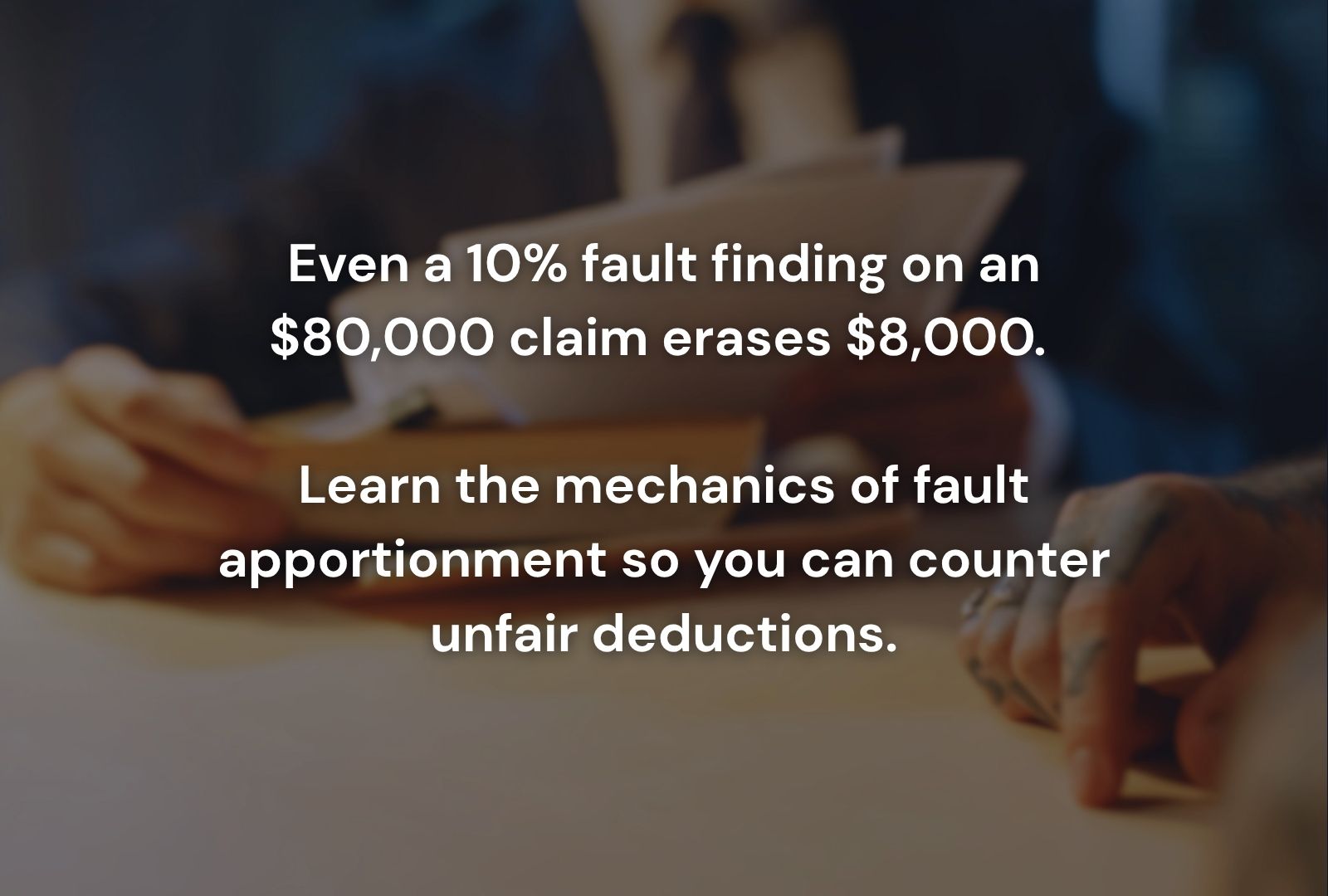
Recognize Common Adjuster Tactics
- “We need a quick statement to close the file.” - A fast statement can trap you into admitting partial fault. Politely decline until you’ve reviewed the accident report and spoken with counsel.
- “Our investigation shows you were partly responsible.” - Request the specific evidence behind that conclusion. Vague language signals the insurer lacks solid proof.
- “This is our final offer.” - Settlement amounts are rarely final. Provide new documentation—additional medical bills, expert opinions—and push back.
When Comparative Negligence Rules Slash Your Payout
Most states follow modified comparative negligence: if you are 51 % (or sometimes 50 %) at fault, you collect nothing. Even a 10 % fault finding on an $80,000 claim erases $8,000. Learn the mechanics of fault apportionment in How Comparative Negligence Affects Car Accident Compensation so you can counter unfair deductions.
How to Challenge an Unfair Fault Decision
- Request the Adjuster’s File - Ask for the photos, witness statements, and diagram they used to assign blame.
- Submit a Rebuttal Packet - Include annotated crash photos, expert affidavits, and traffic-code citations the adjuster overlooked.
- Escalate to a Supervisor - If your evidence is ignored, demand a review by a claims supervisor within the company.
- Invoke Arbitration or Sue- Policies often allow neutral arbitration. If that fails, a lawsuit lets a jury decide fault.
A well-documented challenge often moves fault percentages in your favor, boosting your net recovery.
Building a Strong Negligence Case from Day One
Fault evaluation relies on the same four elements that underpin every injury claim—duty, breach, causation, and damages. For a refresher on assembling airtight proof, read The 4 Elements of Negligence in Personal Injury Cases. Aligning your evidence with each element leaves adjusters little wiggle room.
Why Early Legal Counsel Pays Off
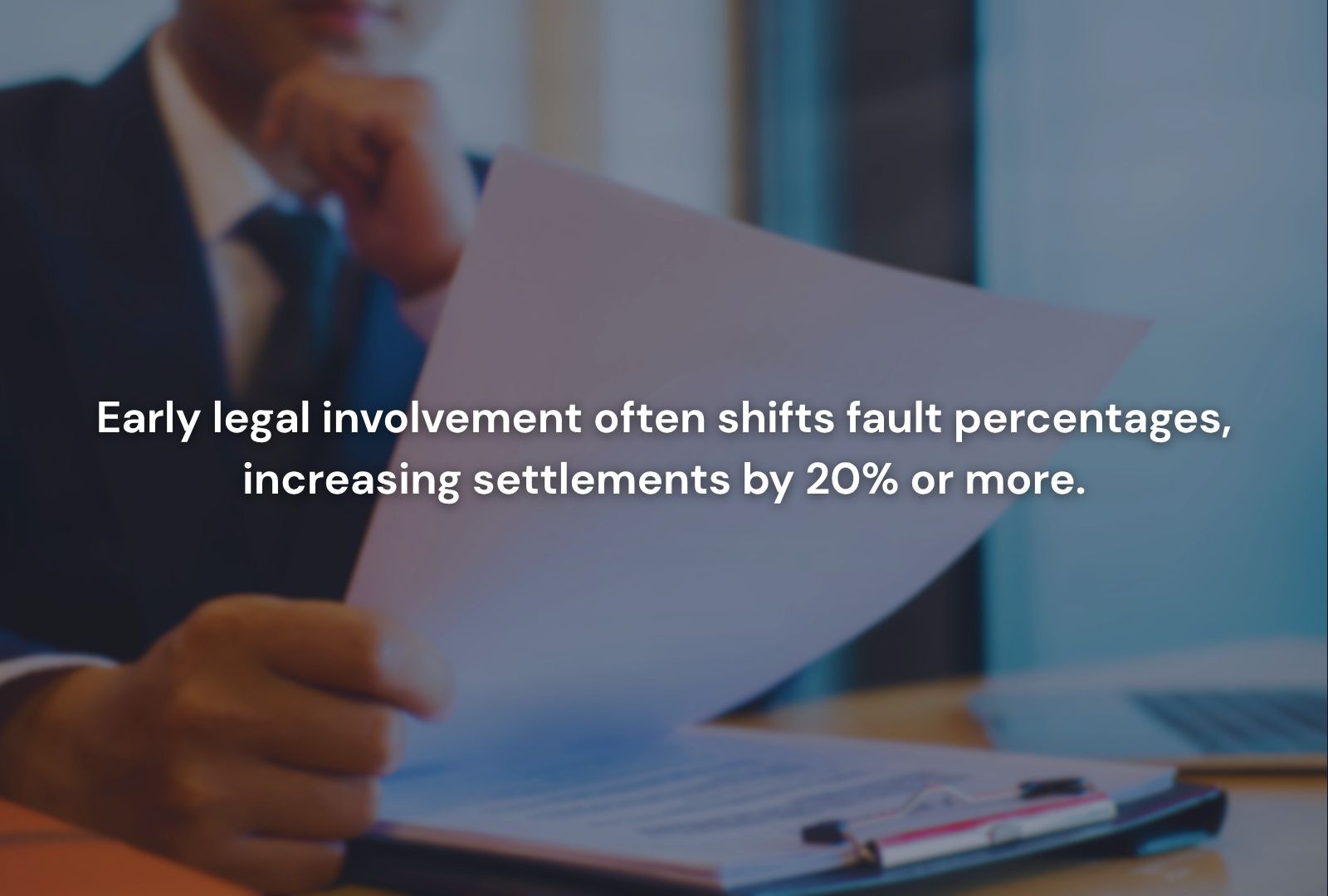
A seasoned car accident attorney will:
- Send preservation letters securing black-box data before it’s overwritten.
- Hire accident-reconstruction experts to map impact angles and speed differentials.
- Handle all insurer communication so you avoid recorded-statement traps.
Early involvement often shifts fault percentages, increasing settlements by 20 % or more.
Frequently Asked Questions
Q: Can I rely on the police report alone?
No. While influential, police reports are not infallible. Adjusters may still argue partial fault, especially if the report cites both drivers.
Q: What if there are no witnesses?
Use physical evidence—vehicle crush patterns, roadway gouges, and surveillance footage—to reconstruct the crash.
Q: How long does a fault investigation take?
Straightforward cases resolve in 30–45 days. Disputed liability can extend investigations beyond 90 days, especially if expert analysis is required.
Final Thought
Insurance company fault evaluation sets the stage for every dollar you’ll recover. Respond quickly, supply hard evidence, and push back against inflated blame percentages. When numbers start working against you, bring in experienced legal firepower to shift the balance—and secure the full compensation you deserve.








